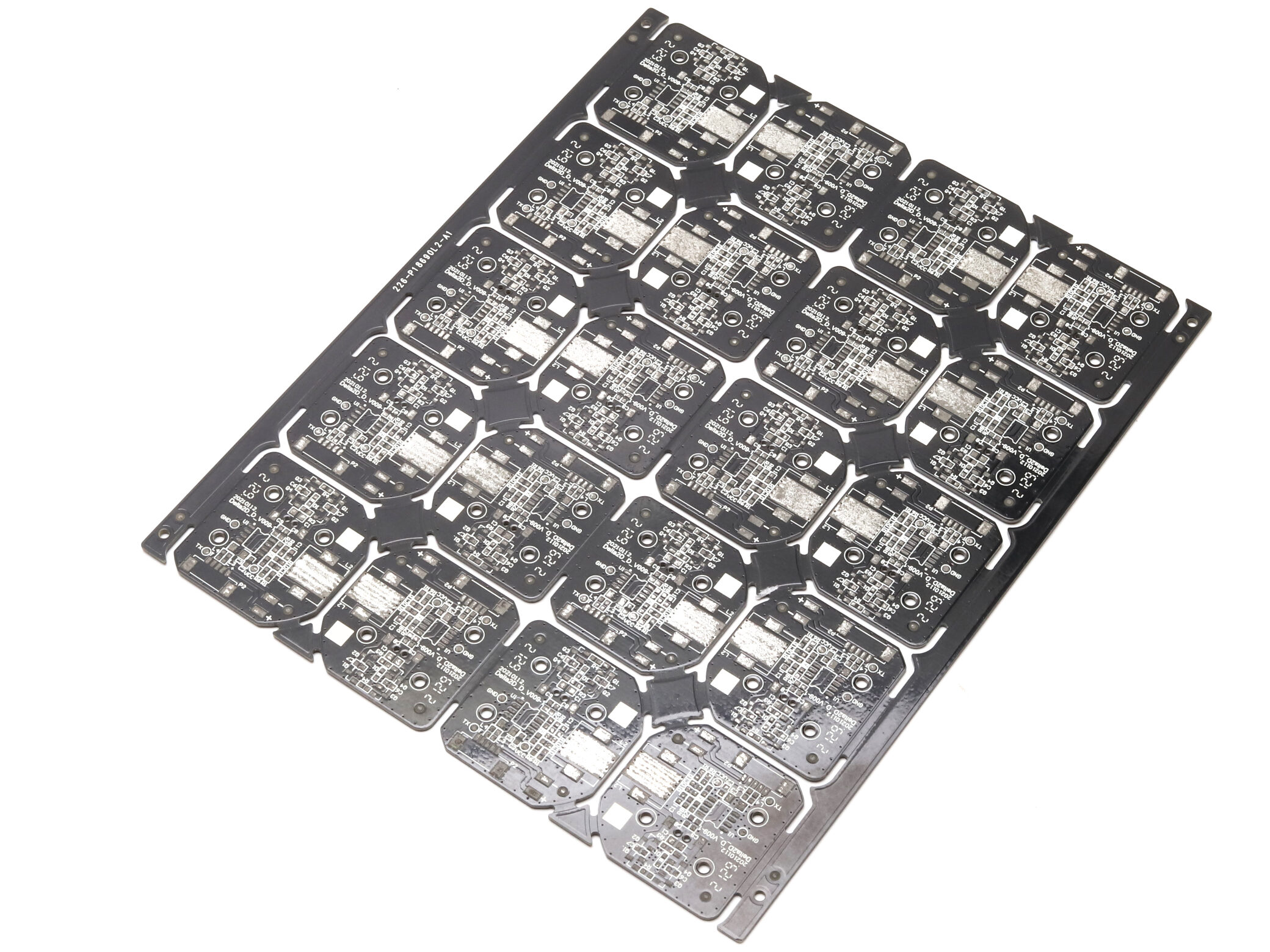Printed Circuit Boards (PCBs) are integral components of modern electronic devices, connecting various electronic elements to enable the normal functioning of devices. In some projects, we find that PCBs utilize panelization techniques. So, why do some PCBs need to be panelized?
- Size Flexibility: Certain electronic devices have stringent size requirements, possibly needing larger PCBs to accommodate complex circuits or special components. Panelization techniques allow manufacturers to combine multiple smaller PCBs, creating an overall circuit board that meets specific size requirements.
- Improved Production Efficiency: In large-scale production, efficiency is often a critical consideration. By adopting panelization techniques, manufacturers can simultaneously produce multiple small-sized PCBs, thereby enhancing production efficiency. This method helps reduce material waste and speeds up the entire production process.
- Achieving Multi-Layer Designs: Complex electronic devices often require more circuit layers to accommodate numerous components and implement advanced functionalities. Panelization techniques provide designers with an effective way to achieve higher density and more powerful circuits by combining multiple PCB layers.
- Cost-Effectiveness: Although panelization introduces additional manufacturing steps, in some cases, it can lower overall costs. By sharing production costs, improving efficiency, and reducing material waste, manufacturers can gain a competitive advantage in cost-effectiveness.
- Flexible Adaptation to Different Project Requirements: The flexibility of PCB panelization allows it to adapt to various project requirements. For different types of electronic devices, manufacturers can flexibly choose whether to employ panelization techniques based on specific circumstances, better meeting customer demands.
In modern electronic manufacturing, PCB panelization has become an indispensable technology. By decoding the reasons behind panelization, we can better understand why some PCBs need to be panelized. Factors such as size flexibility, production efficiency, multi-layer design, and cost-effectiveness contribute to the crucial role of panelization techniques in circuit board design, providing robust support for the innovation and development of electronic devices.



